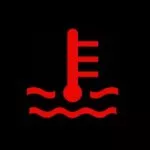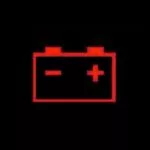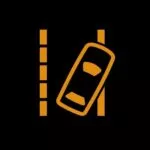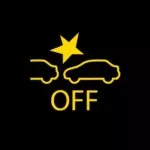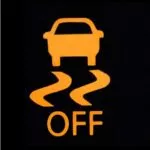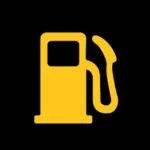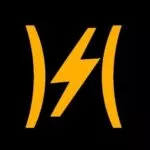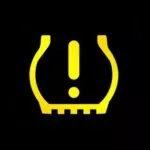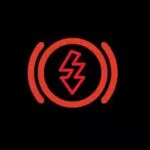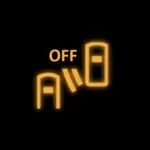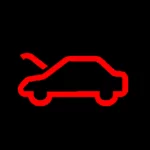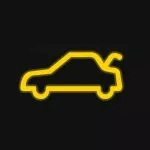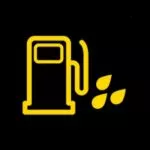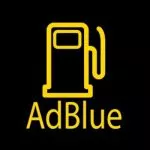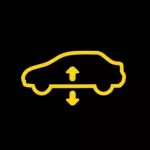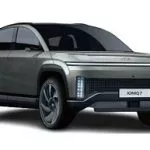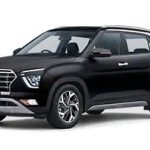Hyundai Ioniq 6 Warning Lights
The Most Common Hyundai Ioniq 6 Symbols
These are the most common dashboard symbols that you will see in your Hyundai Ioniq 6. Click on one to see more information or scroll further down to see the link to the owner's manual where you can find even more symbols.
Can't see the warning light you are looking for? Check the official manual:
View Owner's Manual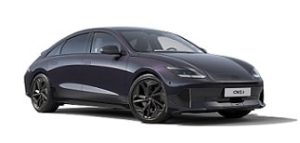
- Manufacturer: Hyundai
- Data Source: Owner's Manual
About the Ioniq 6
The four-door 2024 Hyundai Ioniq 6 sedan is a Tesla Model 3 alternative that offers space for five people across two rows of seating. This car has already captured several global awards, including the "World Electric Car of the Year" award, the "World Car of the Year" award, and the "World Car Design of the Year" award. This stylish CUV combines an impressive driving range, sharp design, and cutting-edge technology. Also worth noting is that it shares many components with the boxier Ioniq 5 SUV.
The 2024 Ioniq 6 RWD is available in standard or long-range options. The standard model features a sufficiently potent electric motor that makes 111 kW (149 hp) and 350 Nm (258 lb.-ft.) of torque. The RWD long-range model's electric motor is a bit more powerful, delivering 168 kW (225 hp) and 350 Nm (258 lb.-ft.) of torque.
If you want more performance, get the 2024 Ioniq 6 AWD. It comes with two electric motors (one on each axle) with a combined output of 239 kW (320 hp) and 605 Nm (446 lb.-ft.) of torque.
The Ioniq 6 also comes with a choice of two Lithium-ion battery packs; the larger 77.4 kWh battery serves the AWD and RWD long-range models. In the RWD long-range models, this battery provides an estimated driving range of 581 km (361 miles), while in the AWD models, it is estimated to deliver 509 km (316 miles). The smaller 53.0 kWh battery features in the RWD standard range models, offering an estimated driving range of 386 km (240 miles).
The 77.4 kWh battery pack can support 400-V and 800-V charging. Hyundai claims the Ioniq 6 can recharge the battery from 10 to 80 percent in around 18 minutes, using a 350-kW charger. However, if you choose the car's standard 10.9 kW on-board charger, you will wait up to 7 hours and 10 minutes to get it to 100 percent.
Car and Driver tested the RWD long range, which moved from 0 to 97 km in only 6.2 seconds. The AWD was much quicker in their testing, achieving the same feat in just 4.3 seconds thanks to front and rear electric motors.






